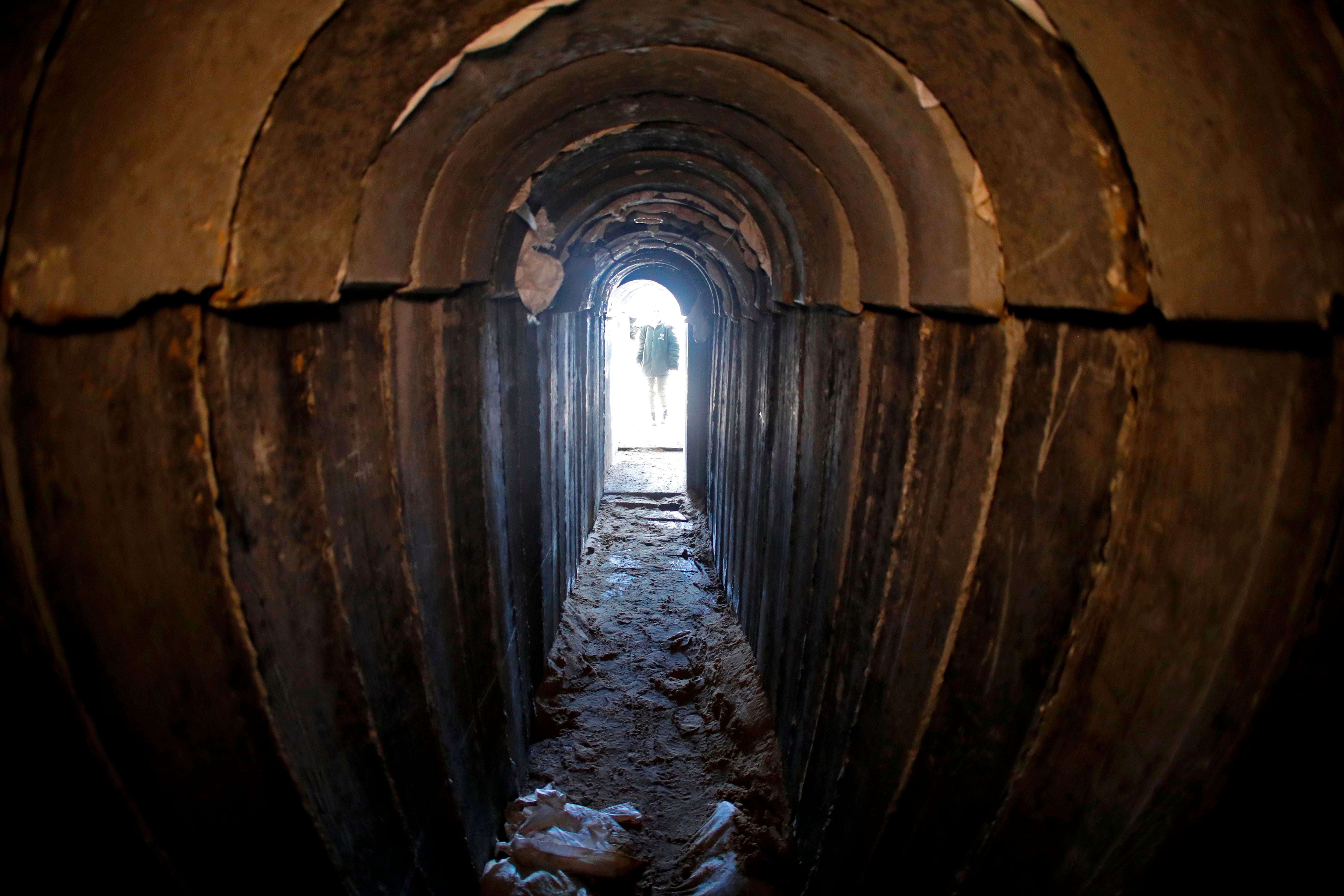
Israel’s military has begun injecting “high-flow” seawater into Hamas-built tunnels beneath the Gaza Strip as part of its attempt to “neutralize terrorist infrastructures.”
On 30 January, the Israel Defense Forces (IDF) confirmed that the plan to flood tunnels under the Gaza Strip, a strategy that has been the subject of rumours since December, is being implemented at a number of undisclosed locations. The IDF’s statement added that the move was a “significant engineering and technological breakthrough” and that locations were chosen so that “groundwater in the area would not be compromised.”
However, some water researchers are warning that flooding tunnels with seawater could have a devastating effect on Gaza’s already scarce freshwater supplies and might destabilize buildings. There are also concerns that flooding the tunnels could endanger many of the approximately 130 remaining Israeli hostages who were abducted by Hamas in its attacks of 7 October 2023. The hostages’ locations remain unknown. But one researcher& Nature spoke to says he suspects the impact of the flooding will be limited, because Gaza’s aquifer is already contaminated by seawater.
On supporting science journalism
If you’re enjoying this article, consider supporting our award-winning journalism by subscribing. By purchasing a subscription you are helping to ensure the future of impactful stories about the discoveries and ideas shaping our world today.
The tunnels are a “spider web” of damp passageways dug in sandy soil, former hostage Yocheved Lifshitz told the media after she was released last October. One tunnel is 50 metres deep, according to Israel’s Ministry of Foreign Affairs, and some have several entrance shafts and are reinforced with concrete and equipped with power cables and piping. The tunnels are probably used to store weapons, as well as for holding hostages captive. They extend to almost every corner of the crowded and devastated 363-square-kilometre…
Read the full article here






